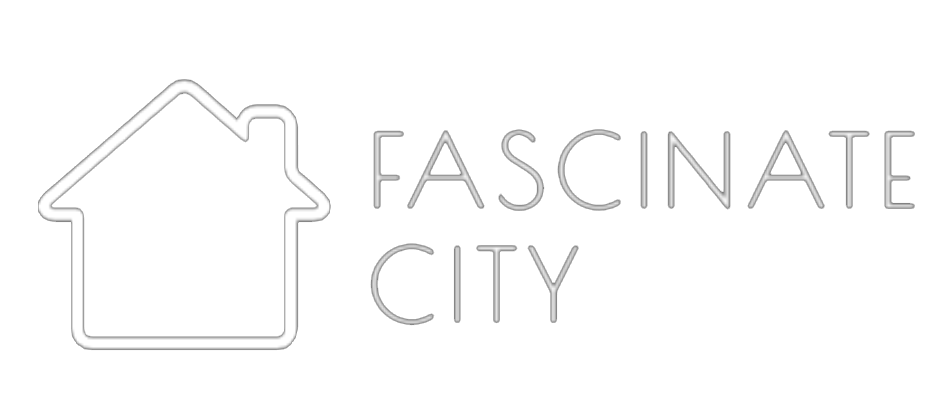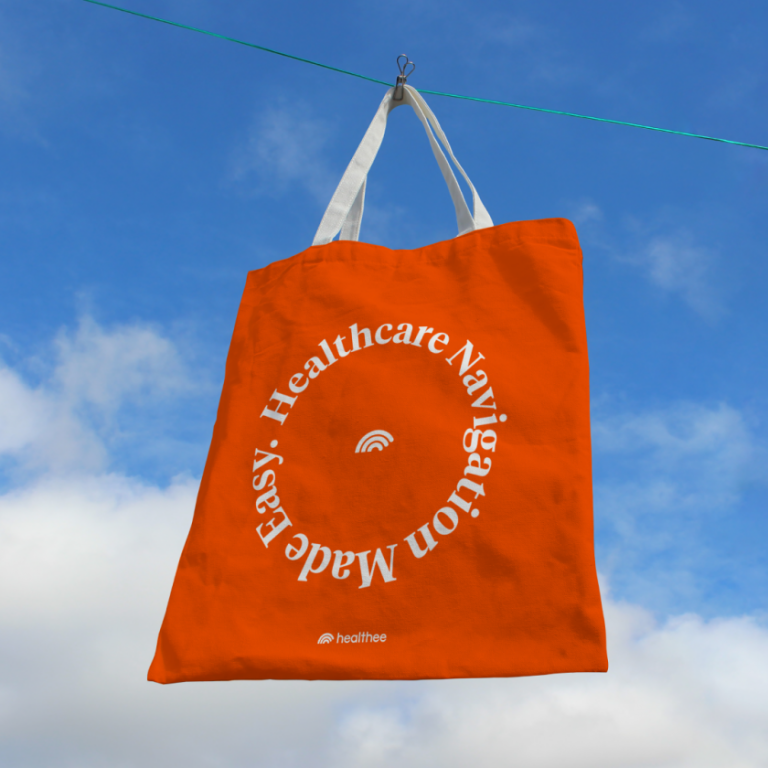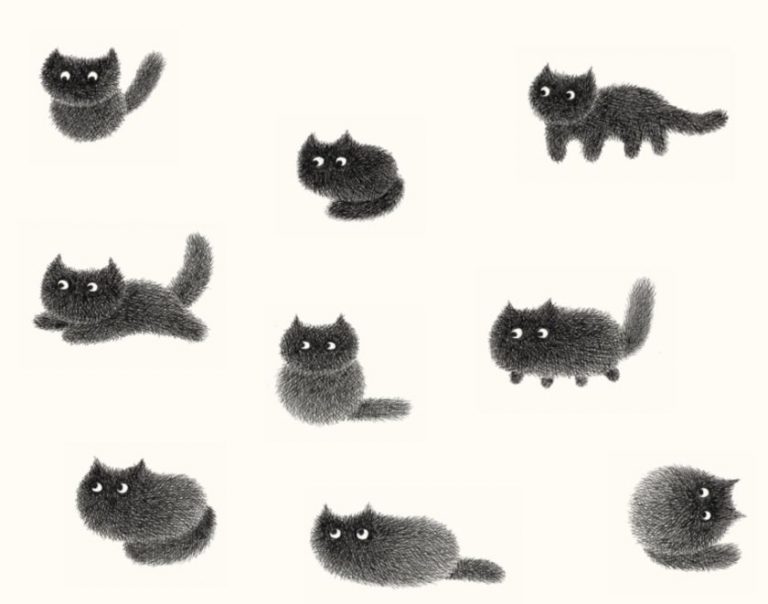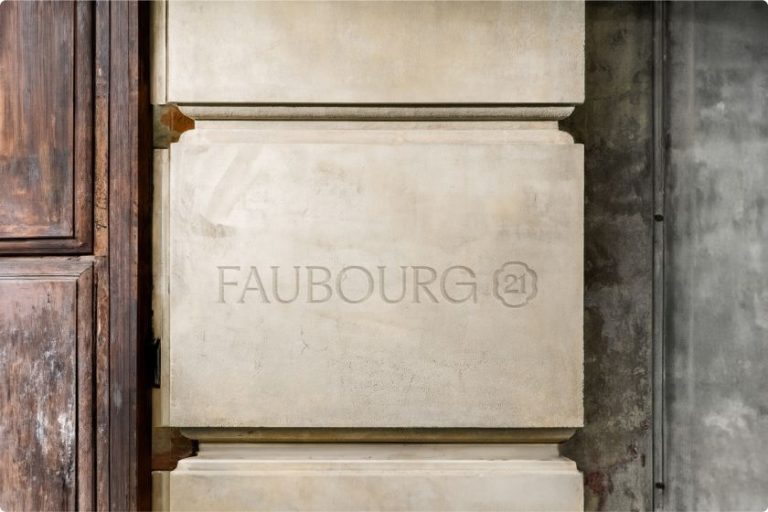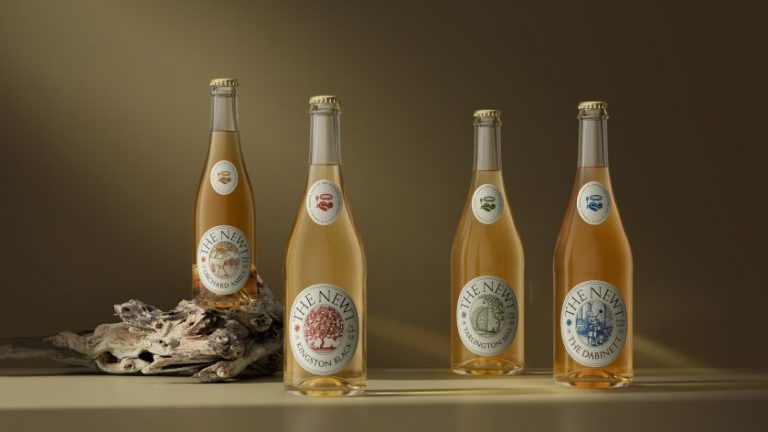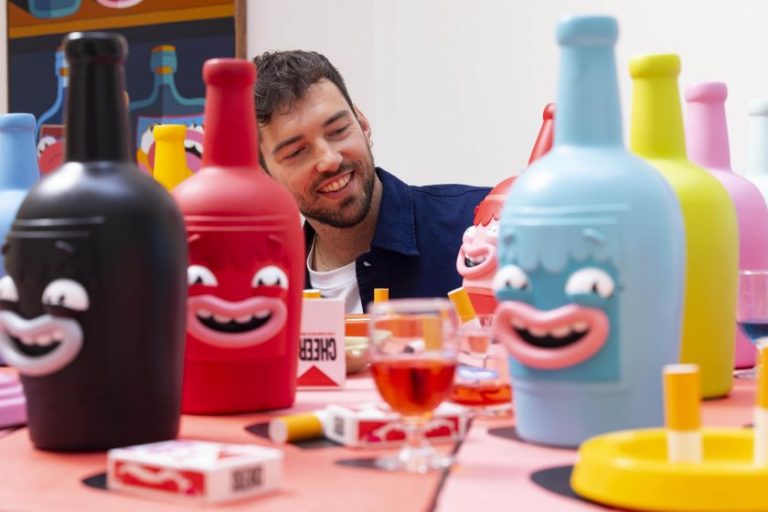We share some key insights from Frontify’s recent webinar, A Different Type of Branding, and details of how you can register for the next one.
In the design world of 2025, typography is becoming increasingly important. In a world of endless screens and limited attention, type needs to work harder than ever as a sophisticated storyteller—a strategic tool that breathes life into brand identities and evokes more than words.
A recent webinar hosted by brand-building platform Frontify delved deep into this topic and offered a profound exploration of how typefaces are revolutionising the way brands speak, feel and connect with their audiences.
In a discussion chaired by Frontify’s Digge Zetterberg, design experts Katie Rominger from Jones Knowles Ritchie (JKR) and Phil Garnham from Monotype peeled back the layers of contemporary typography, and looked to where it’s currently heading.
If you missed it, fear not! We’ve distilled some of the key takeaways from the webinar below, and you can sign up for the next webinar and get the opportunity to join the live Q&A, here.
1. The rise of interactive type
With the advancement of AI, typography is becoming increasingly automated and interactive. Phil spoke about how typefaces can now respond to various stimuli, offering exciting new possibilities to designers.
“AI has given us access to all different forms of communication,” he explained. “Everything can now interact with a typeface: the light in your environment, the sounds outside your movement, your gestures.” This interactivity opens up new avenues for creating engaging and dynamic brand experiences.
Phil Garnham
2. Type in the metaverse
The metaverse is another arena that is creating new possibilities for typography. Phil highlighted the emergence of “virtual graffiti… taking over spaces and then just screaming into the void; creating letter forms in a virtual space and owning that space.”
This trend demonstrates the evolving role of typography in digital environments, where designers can experiment with new forms of expression and ownership.
3. Balancing creativity and functionality
In 2025, typefaces will increasingly need to work across a variety of touchpoints and audience segments. Katie emphasised that choosing the right fonts is crucial, especially for large brands.
“I think it’s all about balancing that creativity and functionality,” she stated. But that needn’t mean playing it safe. “We’ve worked with some brands that really wanted to up the characterful aspect of the typeface they commissioned,” she enthused.
4. Workhorses vs brand personality
When it comes to big brands, there’s no single approach to type choice, and neither does Katie believe there should be. The choice depends on the brand’s needs and that of its target audience.
“Burger King, for example, worked with Colophon on a typeface that felt juicy and delicious,” she explained. “And then the other end of the spectrum is a typeface like Everyday Sans, which we commissioned for Walmart. This needed to blend more into the background and do a much more nuanced job of communicating the brand very clearly.”
5. The design process: starting broad
So, how do custom typefaces for brands come about? When designing them, Katie relayed that JKR starts with a wide brief, allowing for exploration and experimentation before narrowing it down to meet specific client needs.
“We like to give ourselves a wide entryway,” she explained. “We give the designers a very wide brief and let them kind of play with it. And then it’s our job to curate and distil the typeface based on what the client’s needs are.” This approach ensures that the final designs are both creative and aligned with the brand’s objectives.
6. Taking client feedback seriously
When clients are presented with typefaces, they’re usually not familiar with the technical terms involved, and their reaction is often more gut-level than rational and logical. Katie sees this as quite natural and says that it’s the job of designers to empathise rather than criticise.
“When we present rounds of type design to clients, I think what they’re having is an emotional response,” she explained. “So it’s really up to designers to try and understand if it’s hitting their objectives.”
7. Practical considerations for typeface design
Designers must consider various practical factors when creating typefaces, including minimum size requirements, printing substrates, digital devices and platforms, and usage across different applications.
As Phil stated, “You have to be mindful of the usage from a design perspective for sure. Like, you know, how small is it going? Where? What material? What’s the substrate you printing it on? What device, etc.” Addressing these practical considerations ensures that typefaces are functional and effective across all brand touchpoints.
8. The importance of collaboration
The webinar also highlighted that the best typography outcomes arise from deep collaboration between designers, type foundries and software developers. Overcoming problems often requires a collaborative spirit and a willingness to innovate together.
Phil illustrated this point by describing Monotype’s work on a complex variable font. “We invented a font so complex, it wouldn’t work in Adobe or some of the Microsoft apps,” he recalled. “So we worked with Adobe and Microsoft to rewrite the Open Type specification, and now they work because of that close software partnership.”
Such collaborative relationships allow designers to push the boundaries of typography while ensuring that the final product meets the technical and practical needs of the brand.
Conclusion
While these key takeaways just scratch the surface of Frontify’s recent webinar, the discussion made one thing crystal clear: Typography is not a passive design element but an active, strategic tool for brand communication—a medium that tells stories, evokes emotions, and creates meaningful connections.
For creatives and brands alike, the message is compelling: embrace typography as more than a design choice. See it as a language, a personality, a living entity that can transform how we perceive and interact with brands.
The future of branding is still being written, one carefully crafted letter at a time.
